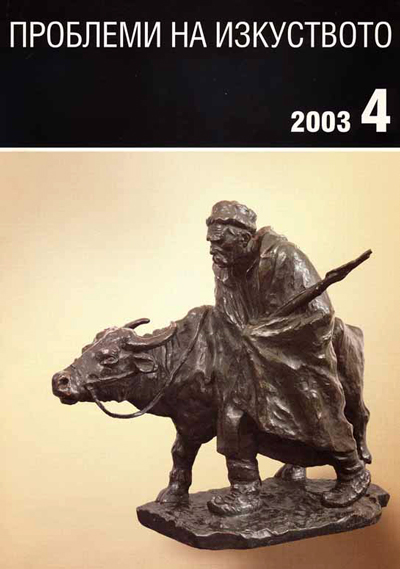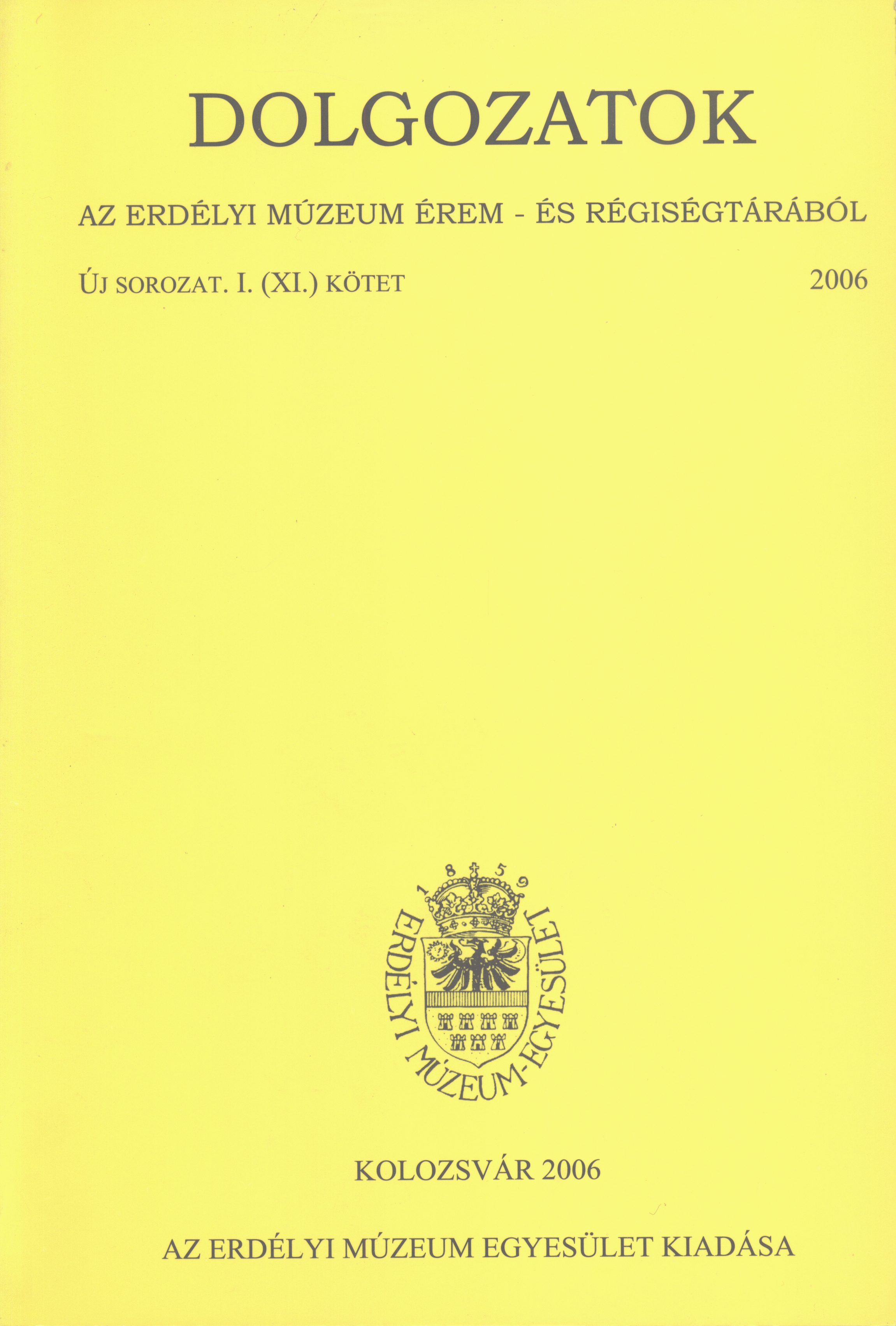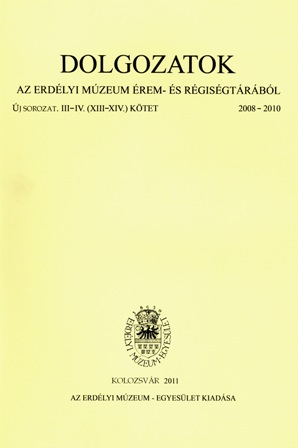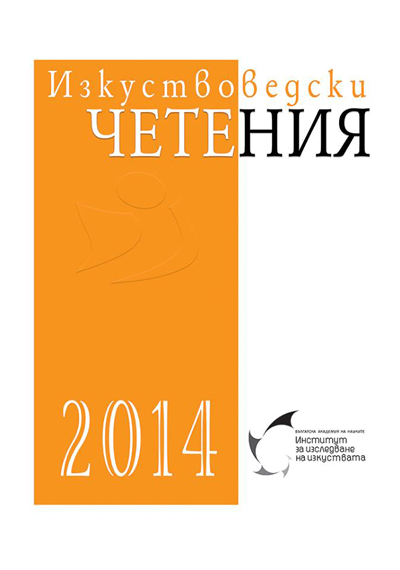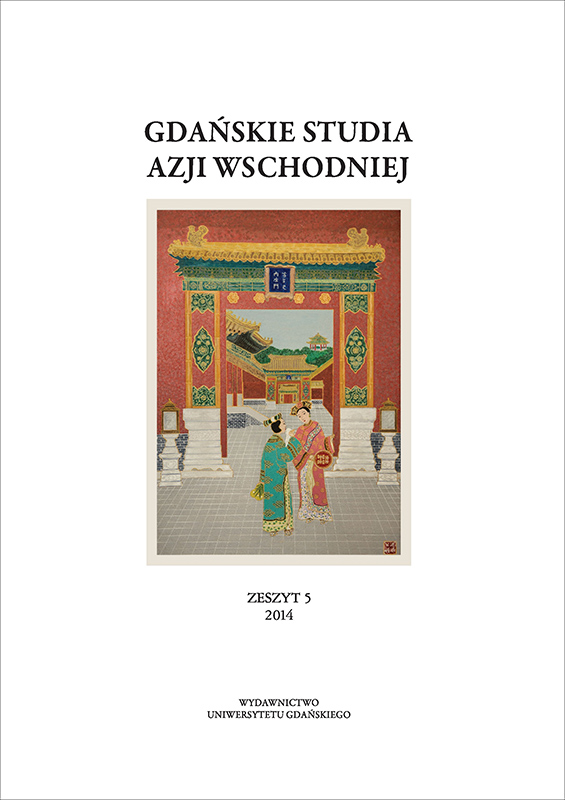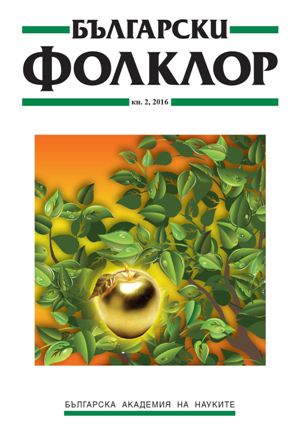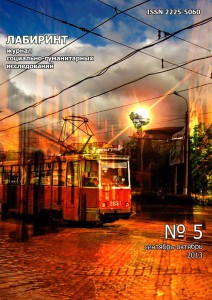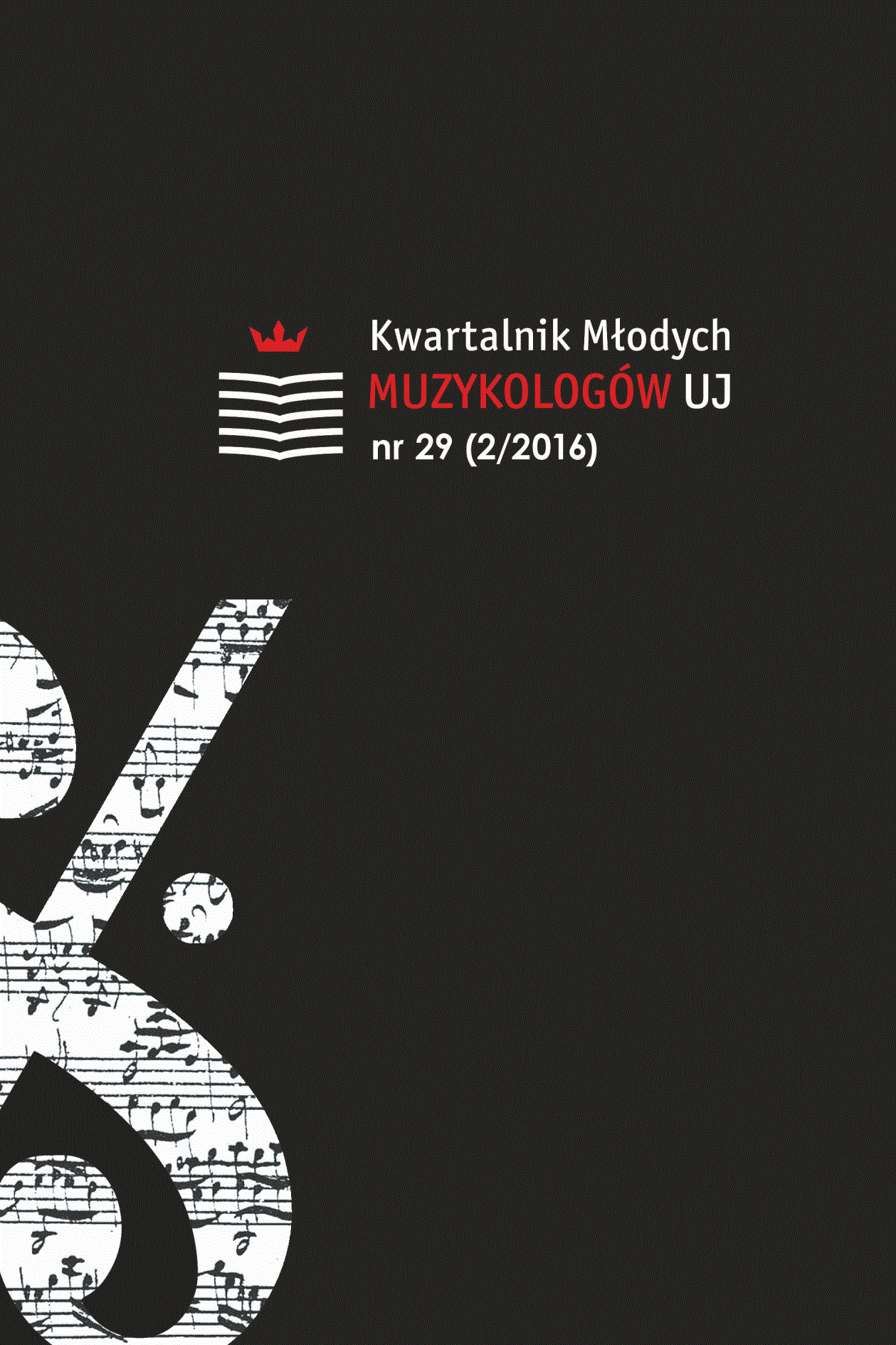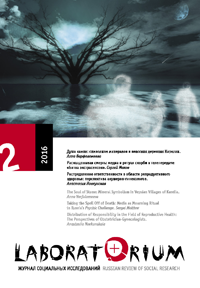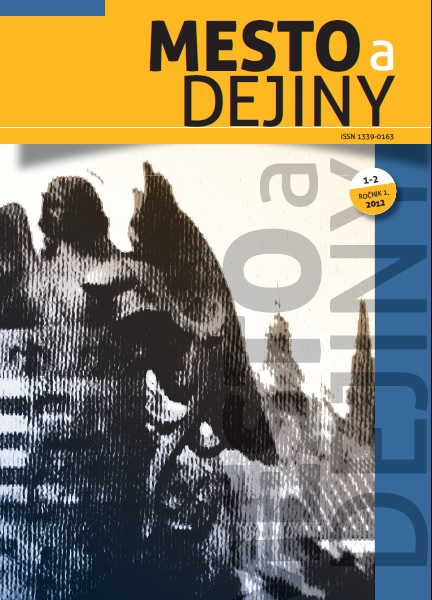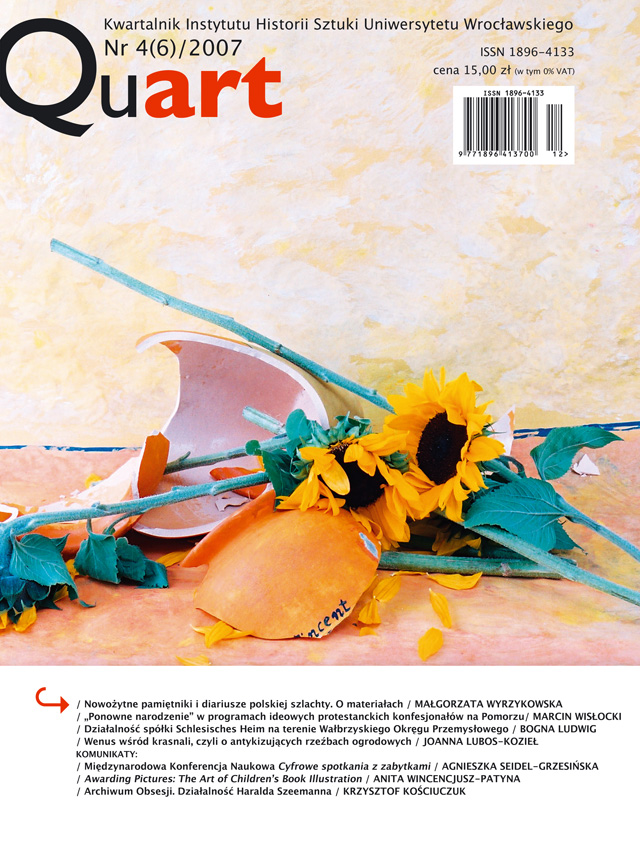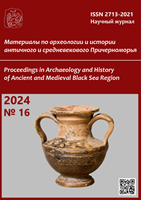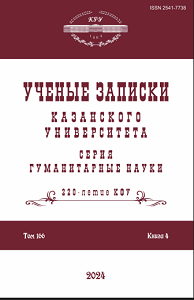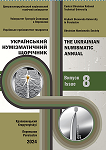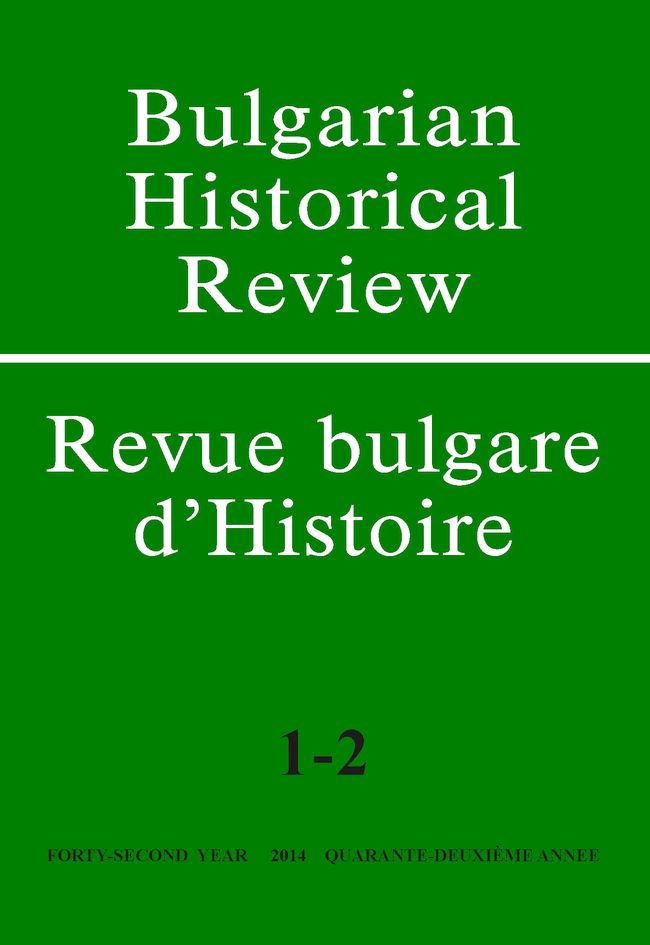
The Franciscan Eusebio Fermendžin and His Work in Favor of Bulgaria
Euzebijo Fermendžin was born in Vinga, the Banat region (Romania) and was a descendant of catholicized Bulgarian Paulicians from Nikopol, who had left their homes at the beginning of the 18th century but haven’t lost their Bulgarian national consciousness. Fermendzhin was better known in Rome and the Vatican, in Vienna and Hungary, in Croatia, than he was in our lands, but spiritually, emotionally and creatively, he was also related to Bulgaria. He reached the highest positions in the Franciscan Order, he was a professor at Catholic schools and academies; a corresponding member of the South Slavic Academy of Sciences in Zagreb; for some time he was the head of the well-known multivolume edition of Luke Vading ”Annales Minorum”, in which were published documents and studies on the history of the Franciscan Order all over the world and others. Collector and compiler of ”Acta Bulgaria ecclesiastica ...”, a large volume of documents on Bulgarian church history from 1565 to 1799, published in Zagreb in 1887, and also the collections ”Acta Bosnae potissimum ecclesiastca ...”, of ”Acta Croatiae ...” and others.
More...
